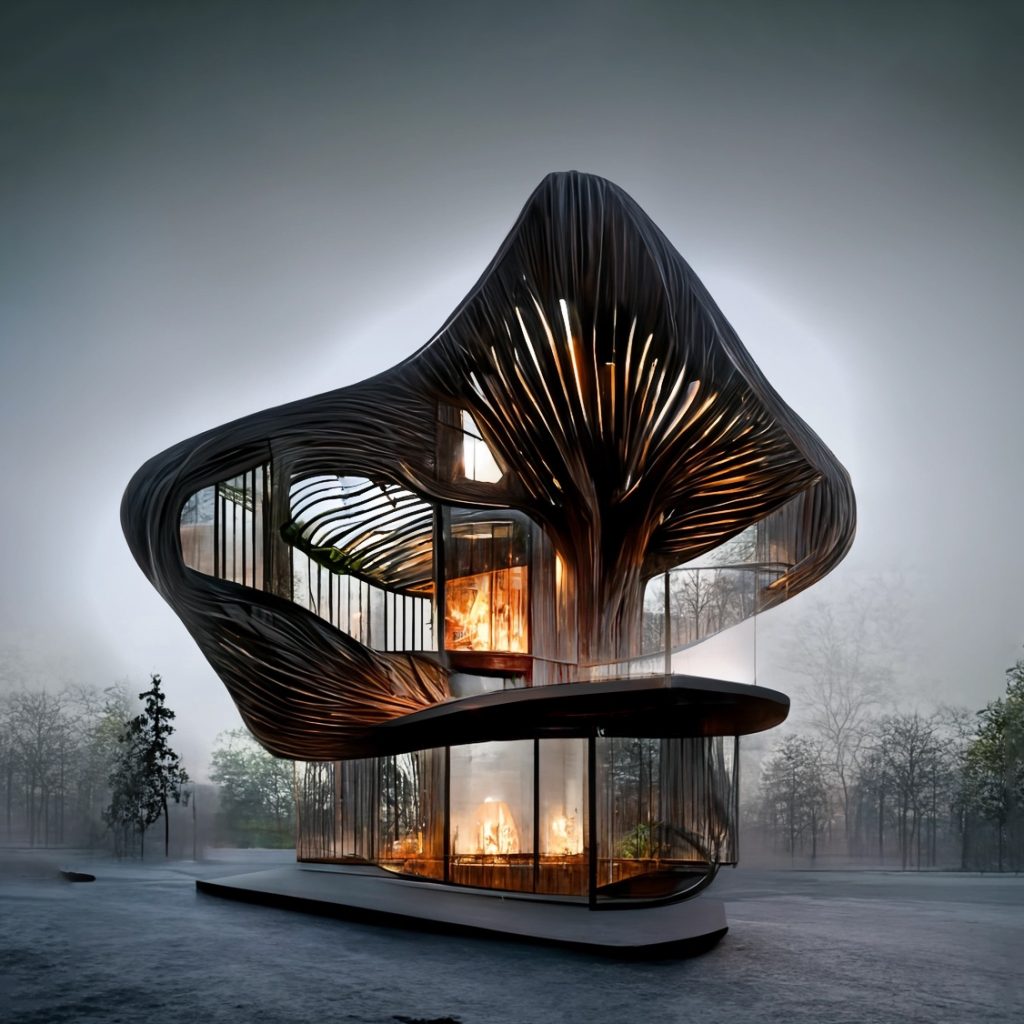Artificial intelligence (AI) is still a hot topic and going to take more people’s attention, and the world of AI is constantly evolving, and one of the best ways to stay ahead is by attending AI, prompt crafting, and Midjourney workshops.
The workshops curated by PAACADEMY address a variety of subjects, including creative interventions, spatial effects, and conceptual architecture. The studios are intended to help participants explore and create novel concepts utilizing AI, gain new skills, and interact with others who share their interests. Whether you’re an artist, designer, or architect, these programs provide a one-of-a-kind opportunity to expand your knowledge and talents in the field of artificial intelligence.
Midjourney Design – Studio Tim Fu
This course will be an interactive and fun session, where participants can listen, participate, and ask questions. Various techniques and spreadsheets for Midjourney V5 will be shared. Participants will learn to undertake commissioned projects using AI, learning to curate, evaluate, and critique their results toward their own goals. The course is optimized for 100 participants, and each individual will be able to contribute to the collective knowledge of this community. We will discuss, evaluate, and inspire each other’s work. The Midjourney Design workshop will be covered in two online Zoom sessions on April 22-23, 2023, from 11:00 to 15:00 GMT, with a total duration of 8 hours, and the registration deadline is on April 21, 2023.
Creative Artifacts – Studio Arturo Tedeschi
The aim of the Creative Artifacts workshop is to explore and develop innovative concepts for art installations and creative interventions, such as sculptures, furniture, visual elements, and displays. The focus is on the interplay between cutting-edge solutions and traditional contexts. The ultimate goal is to equip participants with a new framework for creative strategies, informed decision-making, and computational techniques, essential skills for turning concepts into tangible projects in the era of AI. Throughout the program, students will be challenged to generate concepts that respond to specific briefs for various creative categories.
Spatial Effects With Midjourney – Studio Joshua Vermillion
This fast-paced workshop will focus on generating images of provocative spatial volumes (interior or exterior), along with effects and atmospherics utilizing surface, lighting, textures, materials, shape, etc. We will iteratively edit, generate, re-roll, and blend prompts, as well as the resulting images. We will also examine and compare the differences in the outputs from various MidJourney models and workflows (for instance, MJ’s v3 and v4 models, the remastering and blend options, and adjusting aspect ratios) all of which affect the coherence and “creativity” of the results.
AI Conceptual Architecture 2.0 – Studio Hassan Ragab
In “AI Conceptual Architecture,” participants can expect to learn the basics of working with different Ai text-to-image tools in creating conceptual works using architectural elements with an emphasis on Midjourney and briefly touching on other platforms like Dall-E2 and DreamStudioAI. Participants are expected to learn the basic prompt crafting techniques in different models of Midjourney and understand the differences between each one through exploring various concepts about architectural elements. To conclude the workshop, a few participants’ works will be selected for further discussion/development.
Midjourney Architecture 3.0 – Studio Tim Fu
This course will now cover both architecture and interior design. Students will learn some of the secrets of prompt crafting (the ability to control diffusion-model AI) to produce industry-quality outputs. Participants will learn to undertake commissioned projects using A.I., drive A.I. towards specific demands, and post-process images through artistic curation. The Midjourney Architecture 3.0 is now optimized for 100 participants, where each individual will be able to contribute to the collective knowledge of this community. We will discuss, evaluate, and inspire each other’s work.
AI Conceptual Architecture – Studio Hassan Ragab
In “AI Conceptual Architecture,” participants can expect to learn the basics of working with different Ai text-to-image tools in creating conceptual works using architectural elements with an emphasis on Midjourney and briefly touching on other platforms like Dall-E2 and DreamStudioAI. Participants are expected to learn the basic prompt crafting techniques in different models of Midjourney and understand the differences between each one through exploring various concepts about architectural elements. To conclude the workshop, a few participants’ works will be selected for further discussion/development.
Midjourney Architecture 2.0 – Studio Tim Fu
In Midjourney Architecture 2.0, students will learn some of the secrets of prompt crafting (the ability to control diffusion-model AI) and the intricacies associated with iterative design evolution. Beyond technical skills with AI (Artificial intelligence), they will learn some of the architectonic and visual sensibilities that go into curating AI (Artificial intelligence) as a medium of art and architecture. In addition, participants will obtain exclusive walkthroughs of commissioned projects using A.I., learn industry-standard rationalization methods for digitization and fabrication, and participate in formulating a final project.
Midjourney Architecture – Studio Tim Fu
In the Midjourney Architecture workshop, students will learn some of the secrets of prompt crafting (the ability to control diffusion-model AI) and the intricacies associated with iterative design evolution. Beyond technical skills with AI (Artificial intelligence), they will learn some of the architectonic and visual sensibilities that go into curating AI (Artificial intelligence) as a medium of art and architecture. During the second session, participants will learn to create feasible architectural designs using AI, and through a critique, some of the successful designs will be selected for a special session on speed modeling using Rhino3D + Grasshopper3d.




























Leave a comment